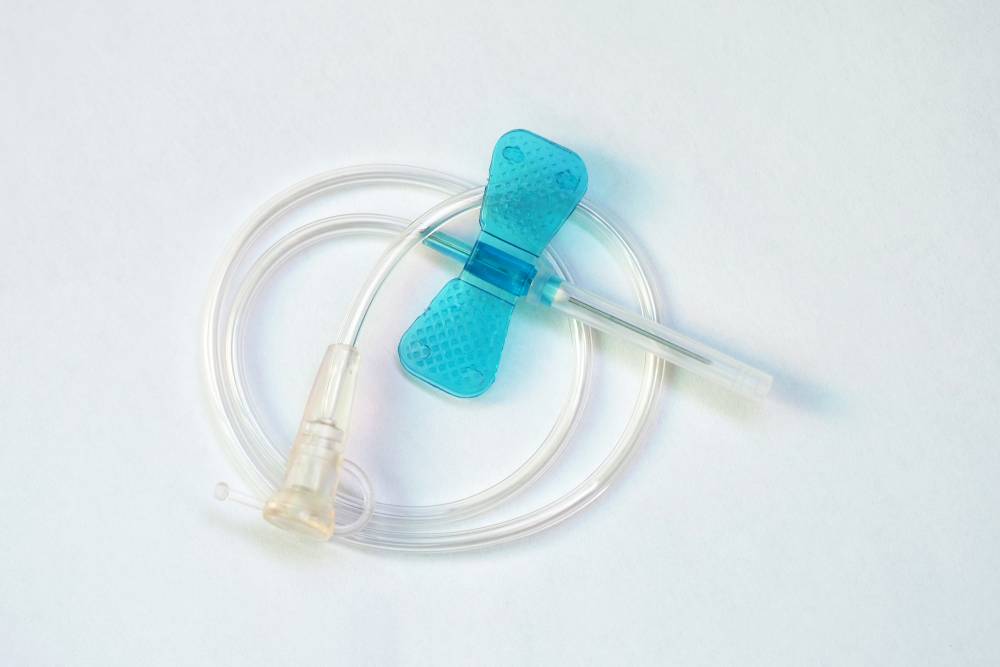
At the Atlanta Fibroid Clinic, we also treat varicose veins!
Varicose veins are twisted, enlarged, and painful veins that fill with blood. They usually develop in the legs and become raised above the surface of the skin. They aren’t life-threatening but can cause discomfort.
Traditionally, a surgery known as “vein stripping” was performed to remove varicose veins. This procedure involves making small incisions and physically pulling the veins out of the body. BUT, technologies have been developed to remove varicose veins using minimal or noninvasive procedures.
A noninvasive procedure involves limited surgical technique, smaller incisions and tools or equipment. Minimally invasive procedures are performed by making tiny incisions in the skin.
There are several different minimal or noninvasive procedures available for treating varicose veins. These include: Sclerotherapy, Radiofrequency Ablation and Endovenous Laser Ablation.
Here are the Clinic, we focus on laser ablation. This is similar to radiofrequency ablation, except it uses laser energy rather than radiofrequency energy. The laser fiber is inserted into the catheter, moved to the necessary location, and laser energy causes the vessel to close by heat. The vein will eventually shrink and be reabsorbed by your body over time. Radiofrequency and laser therapy are often used to treat the deeper veins of the leg.
So, who should receive non-invasive surgical treatment for varicose veins? Not all varicose veins require treatment from a doctor. On your own, you may want to try these simple things first to try to treat them:
- Exercise
- Weight loss.
- Elevating your legs while sitting.
- Wearing compression stockings.
However, if unsuccessful, treatment may be recommended by a doctor if:
- The appearance of your leg is causing you distress.
- You experience any pain or cramping.
- Blood clots form frequently.
- Phlebitis occurs.
- Ulcers or sores form.
- The fatty tissue under your skin hardens due to blood pressure from the vein, which is called lipodermatosclerosis.
- Noninvasive treatment for varicose veins is typically performed in a doctor’s office using local anesthetic.
Prior to the procedure, be sure to tell your doctor if you’re pregnant, have any allergies, or are taking any medications, including any herbal supplements. Your doctor may ask you to stop taking aspirin, blood thinners, or any other medications that make it hard for the blood to clot.
During the entire procedure, you will be awake. Your doctor will use ultrasound to visualize the vein, and your leg will be cleaned and numbed with a local anesthetic. You may feel slight pressure when the catheter is inserted or minor stinging if a sclerosant solution is injected into the vein. If lasers are used, you’ll be required to wear protective glasses during the procedure. The closure of the vein, whether with radiofrequency or laser, shouldn’t be painful.

Following the procedure, your legs may be wrapped with bandages to control swelling and bleeding. These bandages may need to be worn for several days. You should plan on having a friend or relative drive you home after the procedure, and you may be advised to avoid strenuous exercise for a week or two after. Acetaminophen, such as Tylenol, may be recommended for any discomfort, but you will need to avoid pain relievers that may disrupt blood clotting, such as aspirin or ibuprofen.
Additionally, your doctor may have you avoid hot baths or whirlpools following the procedure. Cool showers or sponge baths with mild soap and lukewarm water are usually recommended.
Non-invasive treatments are generally very safe. However, as with all medical procedures, there are some risks. All procedures carry a risk of:
- Allergic reaction to the anesthesia
- Bleeding
- Bruising
- Scarring
- Infection
The specific risks of radiofrequency and laser ablation include:
- Damage to the vessel
- Blood clots
- Bruising
- Hematoma, or a collection of blood outside the blood vessels
- Infection
- Skin burns
- A sensation of tingling or prickling on the skin
- Nerve injury
Typically, you can resume normal activities within a day or two after receiving treatment. You’ll need to wear compression stockings during the day for a week following treatment.
In general, noninvasive procedures are very successful and their risk of complications is low. Typically, these procedures improve the appearance of the skin on the legs or other areas.
In most cases, there are no signs of scarring or bruising, but there’s a small risk that the varicose veins will return. Wearing compression stockings can reduce the risk of the varicose veins returning.
Are your varicose veins becoming too much for you? Find out more about treatment and book your consultation today.
